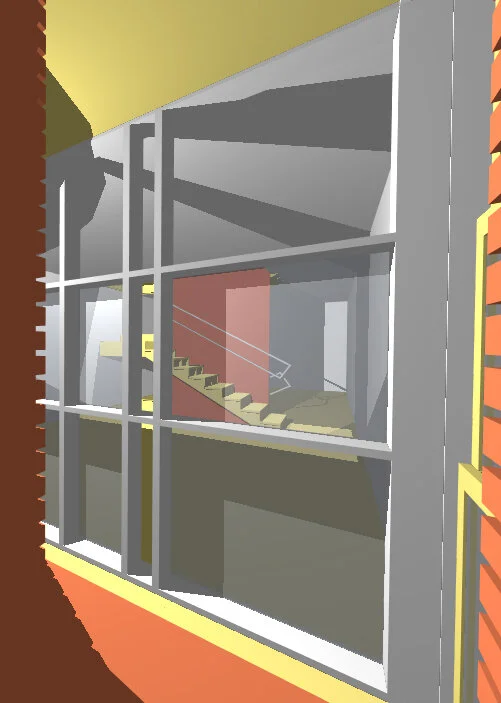In the Fall of 2010 I founded the Department of Architecture (DoArch) at South Dakota State University. I have engaged the development of DoArch as an act of cultural design and practical demonstration. Today, we are 150 students in two degrees and eight full-time faculty teaching an NAAB accredited professional curriculum with over one million dollars in research funding. There hasn’t been a new professional program between Milwaukee and Moscow, ID in over a century. Our state is a network of big towns bookended by two small cities. The largest professional office in SD has ten architects. How do we make a small professional program in a small place tailored to enhance regional small practices?
With my colleagues and students I have fashioned DoArch to fit this place using South Dakota’s needs and resources as our teaching and research opportunities. I recruited, hired, and trained a stable, diverse faculty of eight, none of whom have previous teaching experience. They have shaped DoArch by developing their scholarship and instruction. I designed six years of curriculum and we performed it into an architectural culture. DoArch channels our work through Building Arts and Public Works because they are relevant to the communities of this state and possible with this set of personnel at this university.
We had a shop before we had a studio. In the first two years we used milling machines and laser cutters as our primary digital media outputting devices. The shop gives us intellectual space to study by making. We’ve built Passive Houses, Lamella Arches, Dieste Walls, Precast Concrete Follies, Cross-Laminated Timber Beams; DoArch builds architecture. The palatte of our architectural education here at SDSU is the “Building Arts”.
Quality public space and urbanity is the professional measure of our aggregate building practices. The fabric of towns in SD are an under-served urbanism. They are urban but they are not metropoles. How one fashions public space at this scale in this society is an open question that is particularly exacerbated in the communities of SD. The towns of SD are eager to serve as our laboratory. This has become a focus of the curriculum in a set of protracted engagements that address the urban imperative of architecture. We profess that the aggregate effect of our practices are “Public Works”.
The underpinning of the professional program and our place as a core humanity in the university is that we don’t make buildings or cities. We make models and drawings of them. Architecture is the last great humanistic form of graphical inquiry. Contemporary representational technologies preference space-making through construction simulation, reinvigorating the fundamental material craft of architecture. We profess that the mediation of making buildings and cities is the foundation of our discipline.
To broaden the outreach and accessibility of the new program we set up multiple paths to professional graduation. The curriculum is two degrees; a pre-professional four year Bachelor of Fine Arts in Architecture and a professional Master of Architecture with an overlay for a three year second degree professional track. We graduate no more than 15 M.Arch candidates a year after an open enrollment that brings in high school grads, community college transfers, second discipline professionals, and international students.
The curriculum is divided into primary disciplinary tracks: practices of design and profession; humanities in history and theory; design, and building technology courses.. This was laid out in abstract without the faculty to teach it. The eventual faculty, in-fact, shaped the particulars of coursework and they’ve put a point to curricular tracks such as representational technology and the humanities by professing in the classroom their scholarship and expertise. We recruited a diverse faculty who have come together working in concert to shape and teach a highly directed and coordinated curriculum.
At the end of the first decade of the program we rolled out a significantly modified version of the curriculum that optimizes and economizes to best effect for the students and faculty--fewer total courses and more choice for all.
We set out to make a small program in a small university training students from small towns to work in small practices in a vast landscape with little connection to an architectural culture. We’ve worked to define the discipline of architecture to an institution eager to build up a design culture. We’ve making a place in the university for a professional program that is keenly connected to the humanities, design, and engineering. We took care to map, catalog, graph, and analyze the program’s siting and its developing organizational systems. After eleven years DoArch is a rising professional program situated in a place that traditionally lacked both a strong professional community and a sophisticated construction management and trades. We are fabricating a renewed culture of building, advocating for a culture of professionalism, and constructing a place on the campus among the humanities.
DRAFT is the yearbook of the Department of Architecture at SDState. It was produced under the direction of Associate Professor Federico Garcia Lammers and the publication artistry of Mahmoud Sadek. Here are some links to past issues of DRAFT:
2016-17 DoArch DRAFT
2017-18 DoArch DRAFT
2018-19 DoArch DRAFT











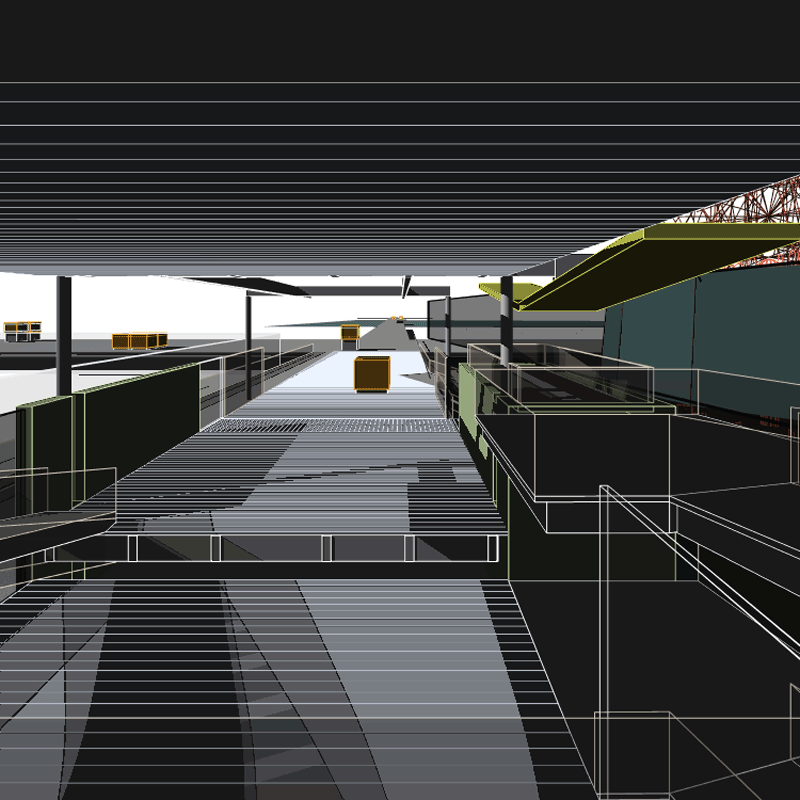

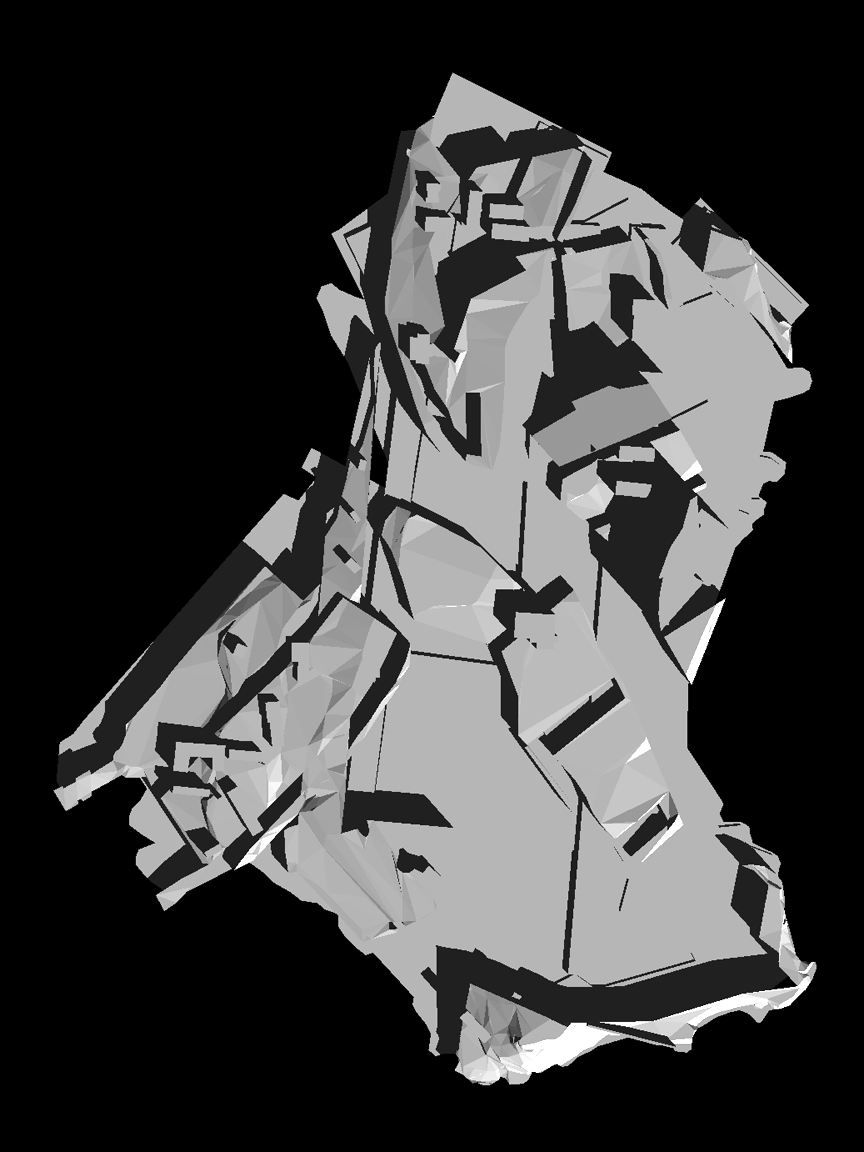













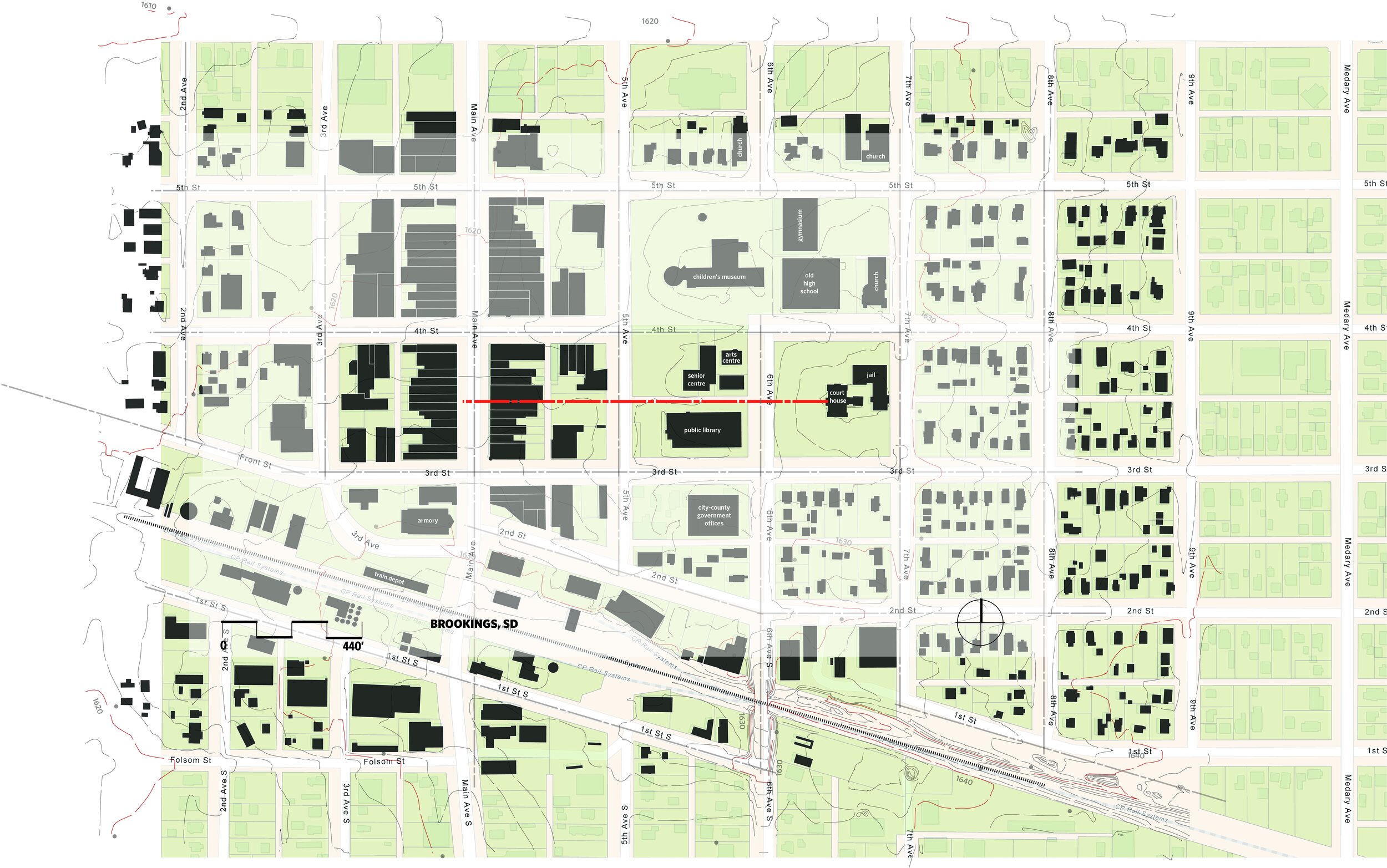























![20161115_170248[1].jpg](https://images.squarespace-cdn.com/content/v1/59e774a06957da8ecae64574/1615531024258-BSTQWBZK148HYQH0TFWF/20161115_170248%5B1%5D.jpg)

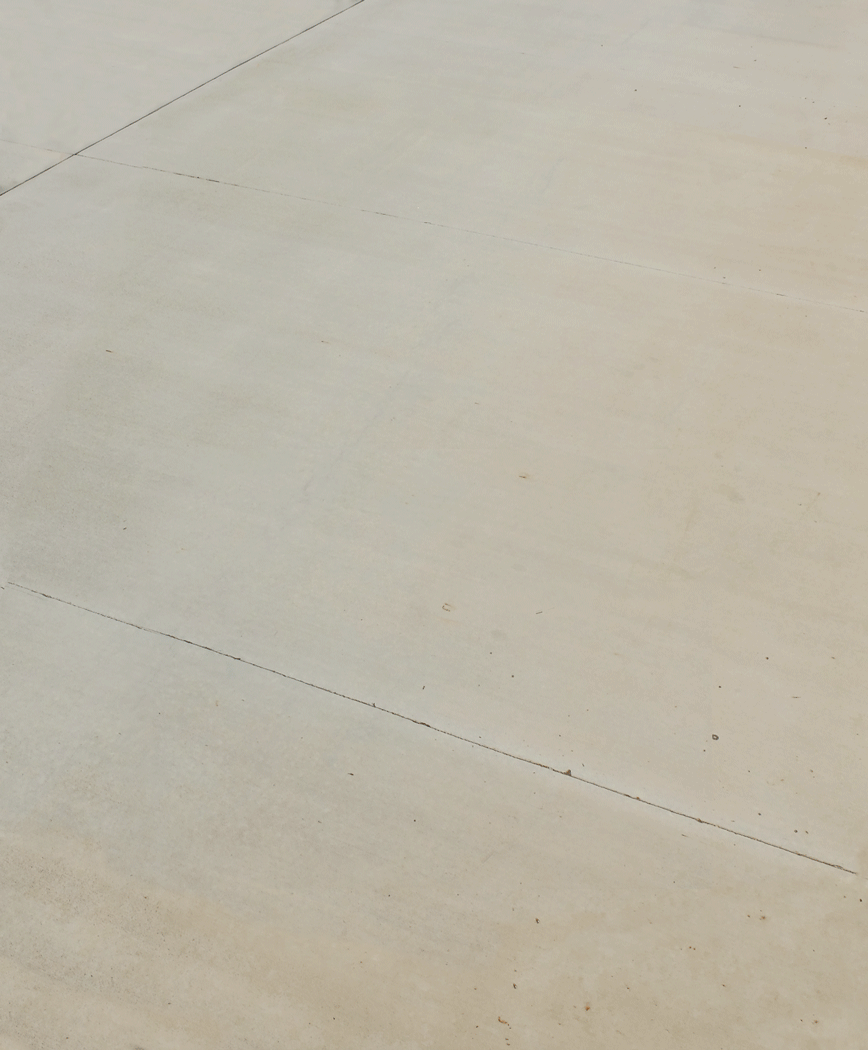












![WrigleySquare_Elevation2.1 [Converted] 3.jpg](https://images.squarespace-cdn.com/content/v1/59e774a06957da8ecae64574/1616655094634-FS6UZ62BMVLCLITO7OD5/WrigleySquare_Elevation2.1+%5BConverted%5D+3.jpg)















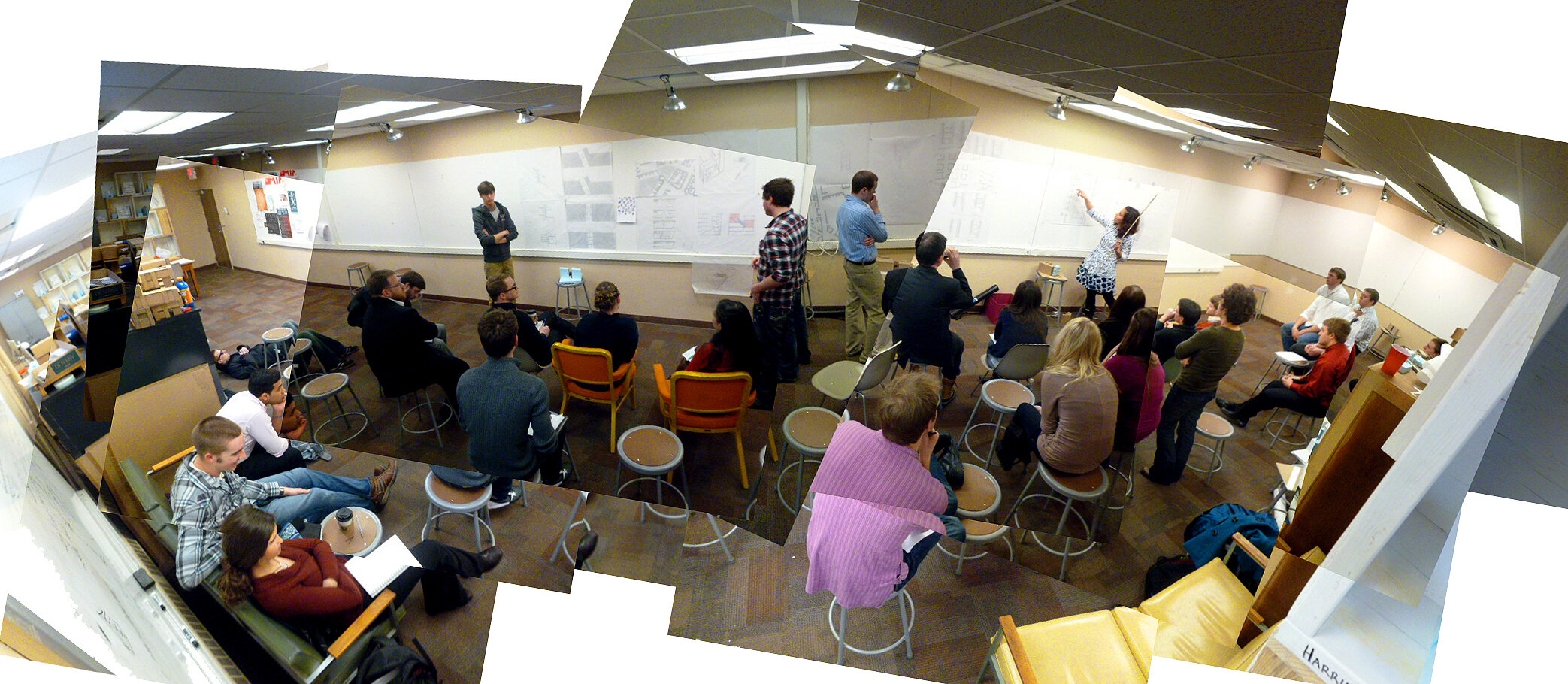



















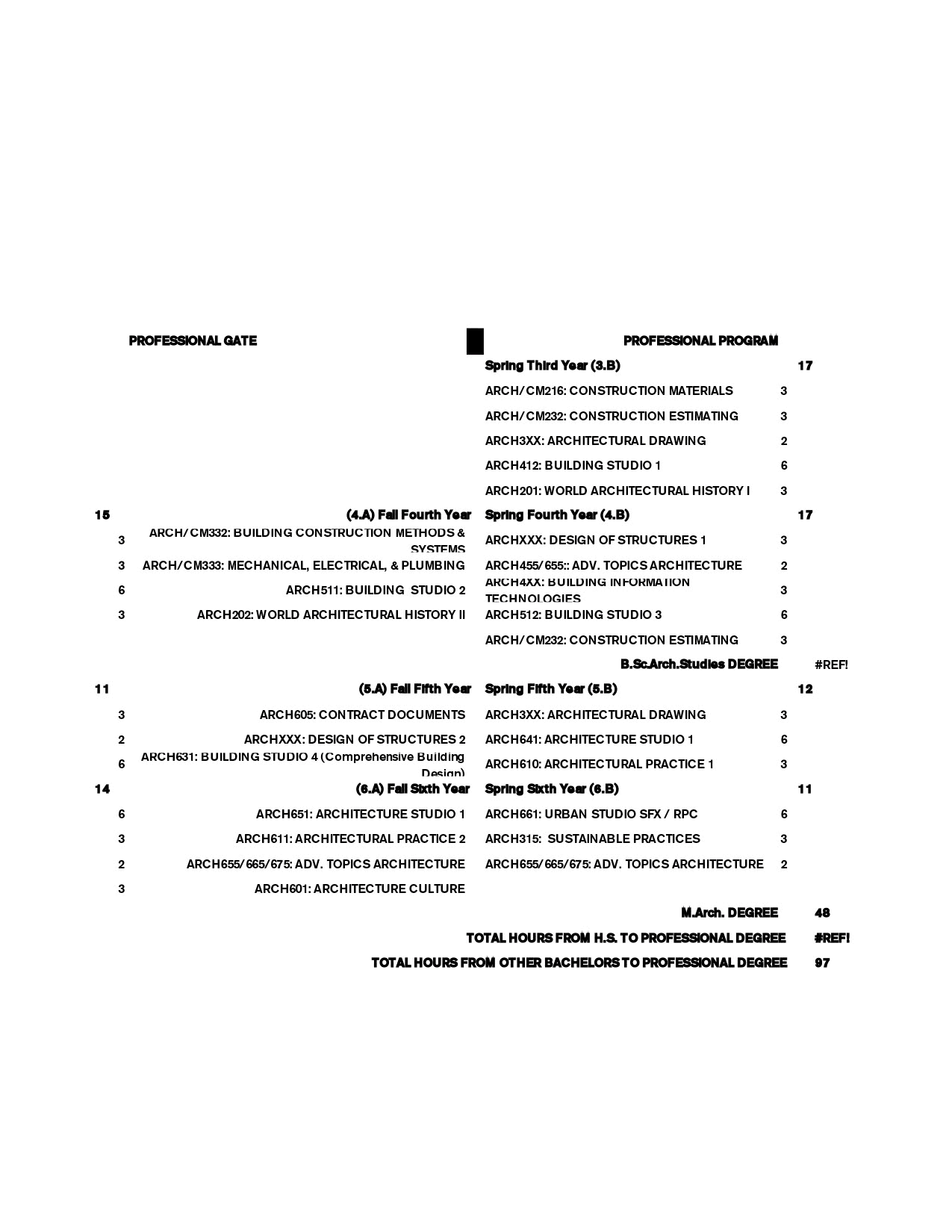


































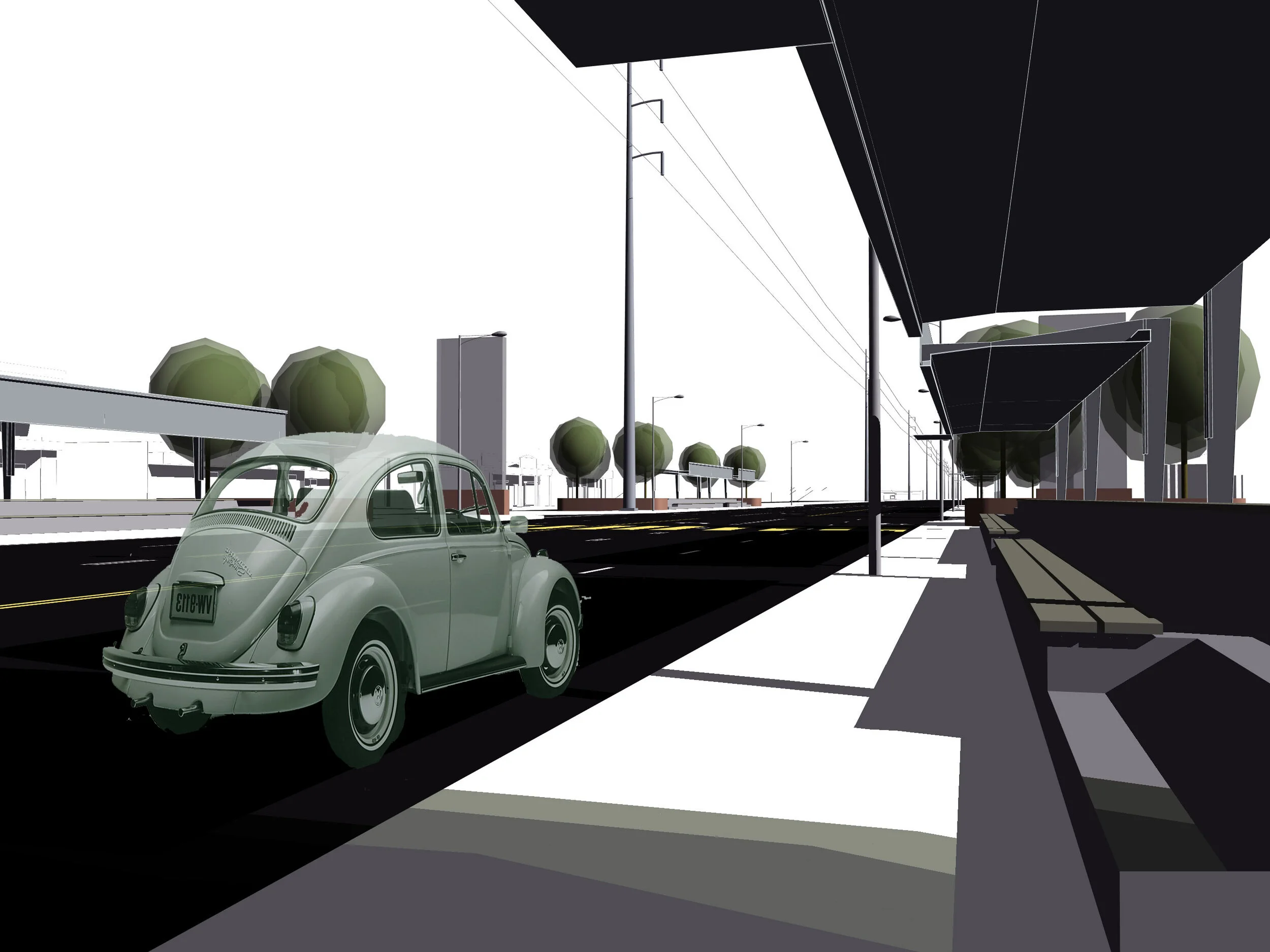


![NE_Model_Site03 [Martied].jpg](https://images.squarespace-cdn.com/content/v1/59e774a06957da8ecae64574/1615784028492-1MGCIJJ3VY86KGJZH3S0/NE_Model_Site03+%5BMartied%5D.jpg)
![NE-folded planes (series) 1(Hidden) [martied].jpg](https://images.squarespace-cdn.com/content/v1/59e774a06957da8ecae64574/1615784028492-J8B44VCGFBYHKLSOSISK/NE-folded+planes+%28series%29+1%28Hidden%29+%5Bmartied%5D.jpg)
![NE_Model_View38 [Converted]smaller.jpg](https://images.squarespace-cdn.com/content/v1/59e774a06957da8ecae64574/1615779977451-HLLJ9XH96V4VAHVUL65J/NE_Model_View38+%5BConverted%5Dsmaller.jpg)








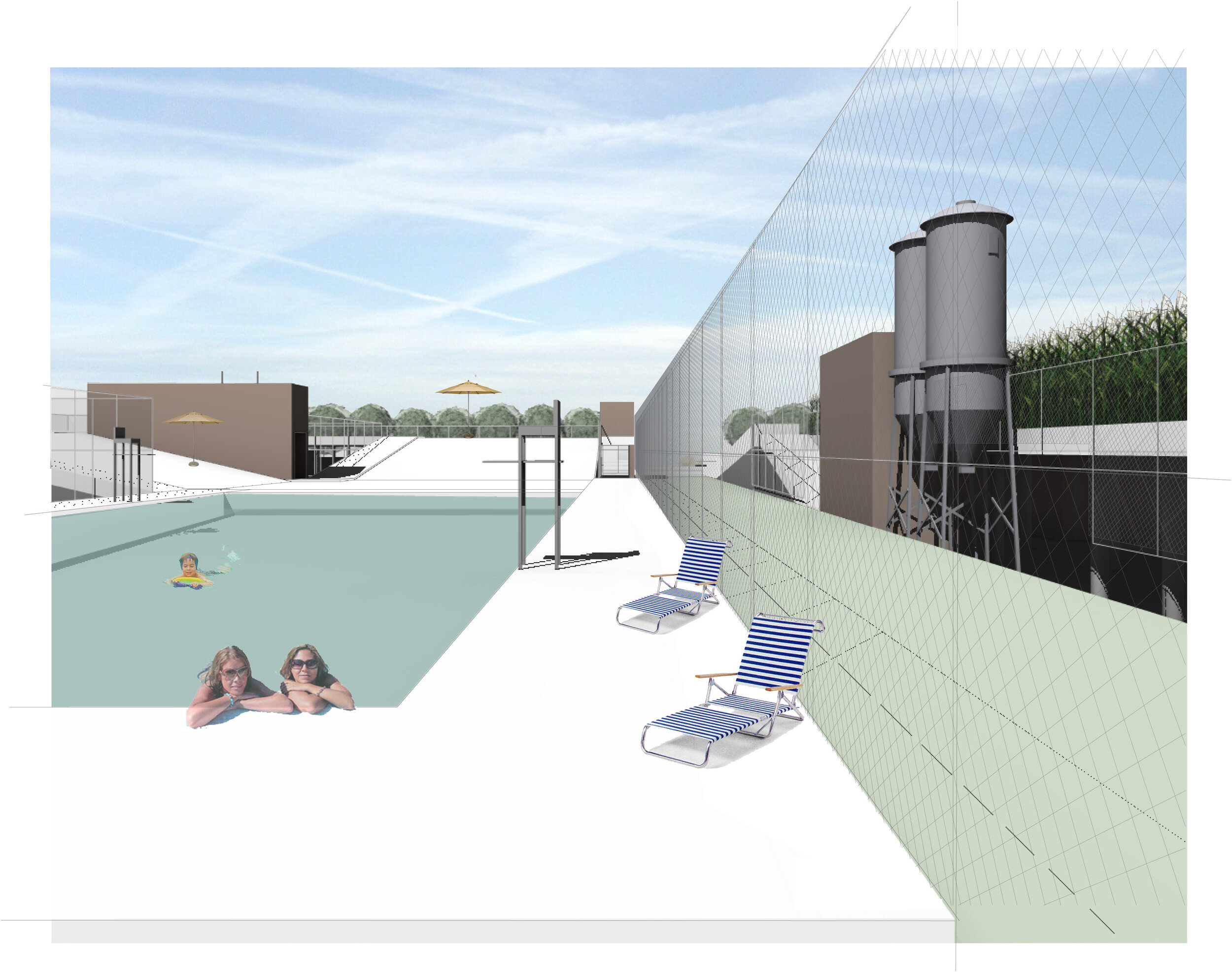


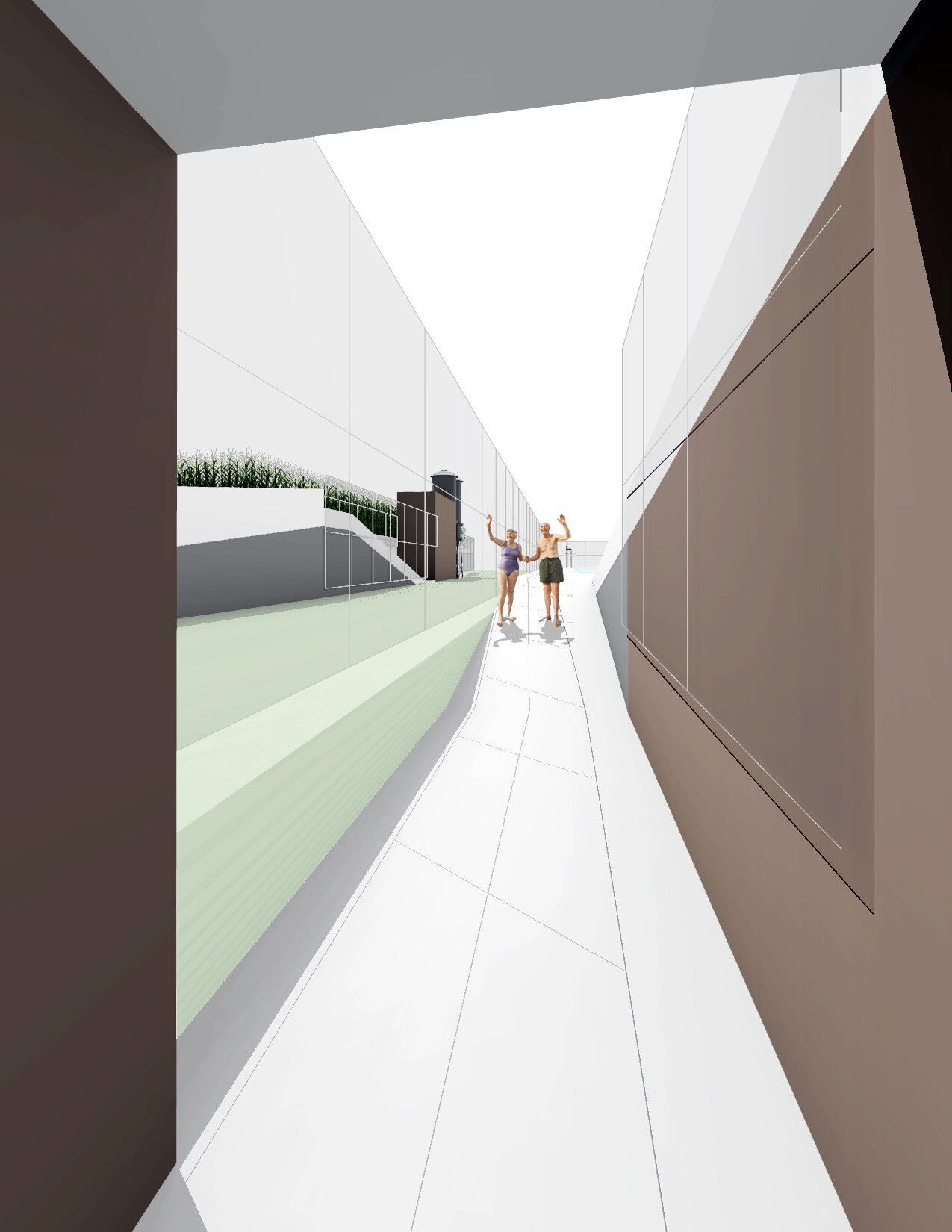














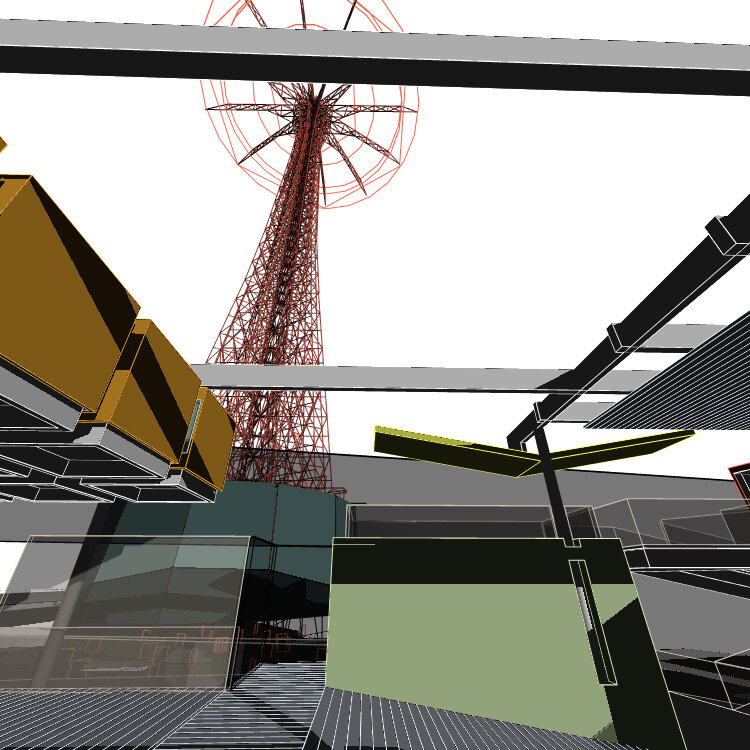
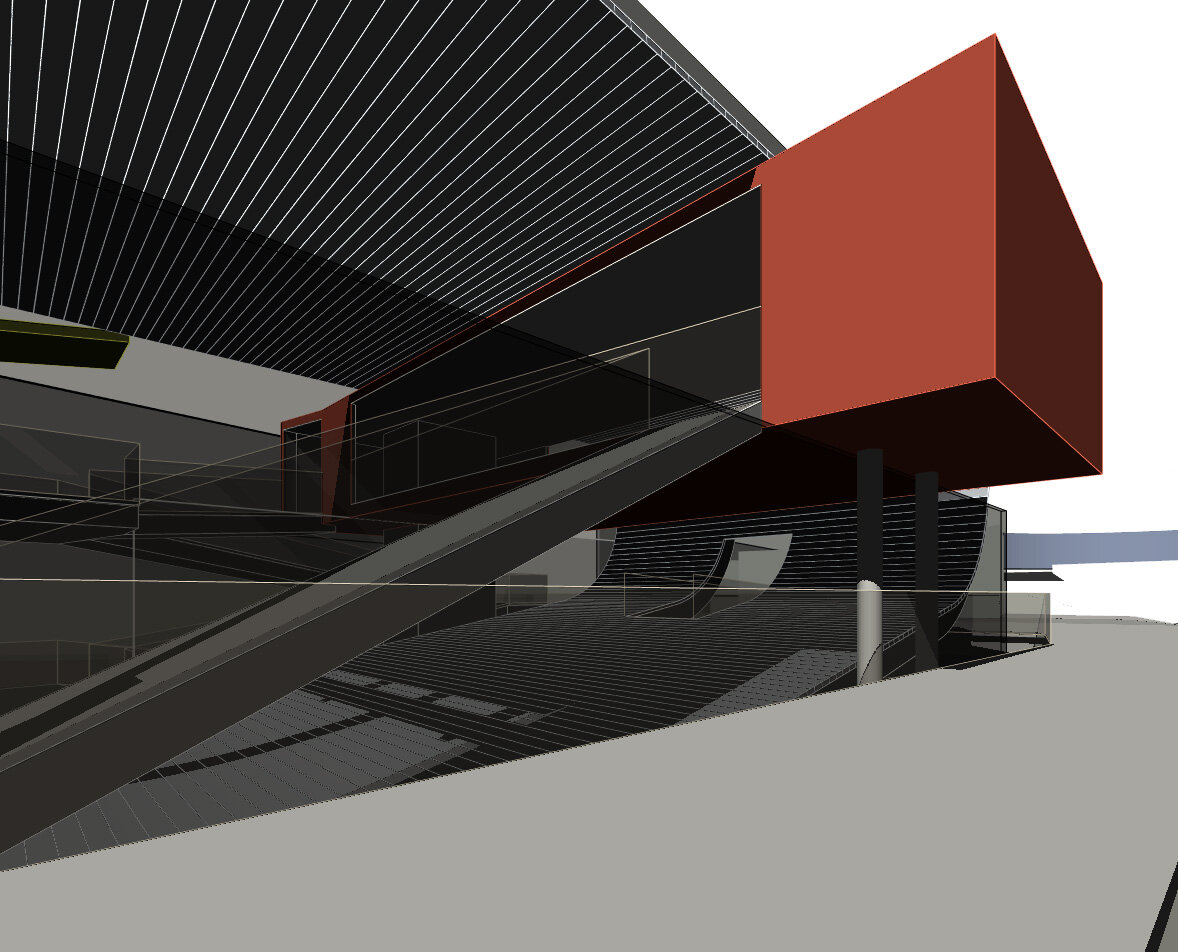


























![plan kit o' parts [Converted].jpg](https://images.squarespace-cdn.com/content/v1/59e774a06957da8ecae64574/1615441891258-B7EI8A5X3FPVHNY4AWK7/plan+kit+o%27+parts+%5BConverted%5D.jpg)



















